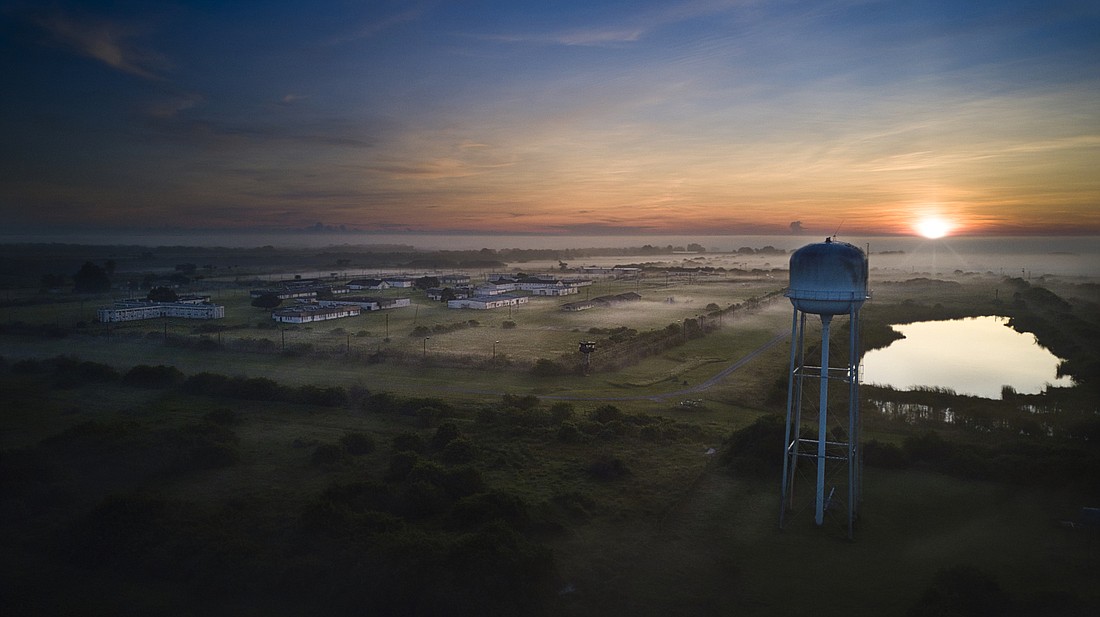- December 15, 2025
-
-
Loading

Loading

It has everything. Barracks, kitchens, classrooms, lounge areas, a medical building and more than 1,200 acres of property. What more could you ask for in a former maximum-security prison?
This place — what was once the Hendry Correctional Institute — offers so much that a group of businessmen have breathed new life into it. They've opened a training complex for military, law enforcement and civilians on the site in the Hendy County, just east of the Collier County town of Immokalee. They’ve formed three businesses based there: Tradecraft Range and Training Center, Force Center, and Force IMI.